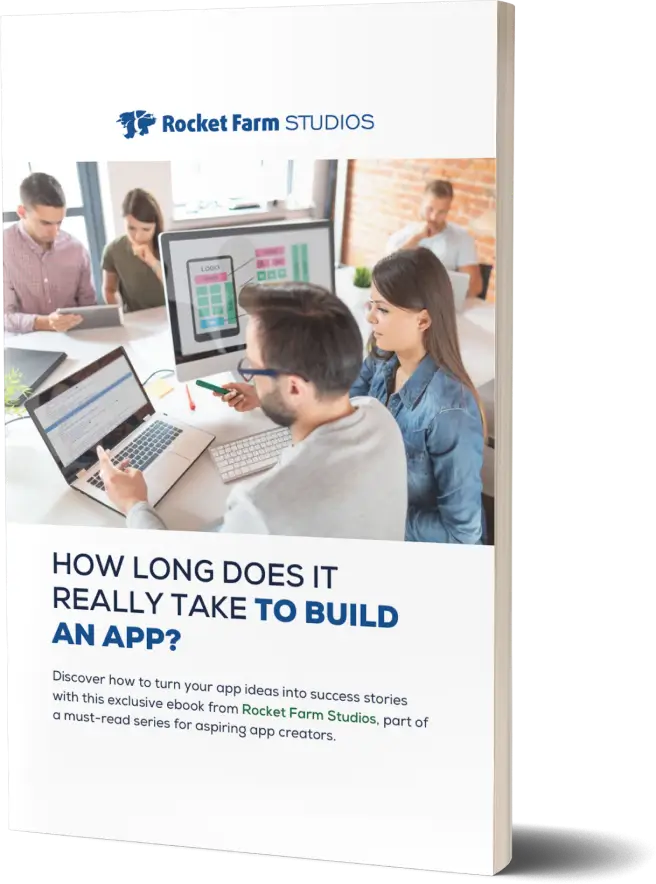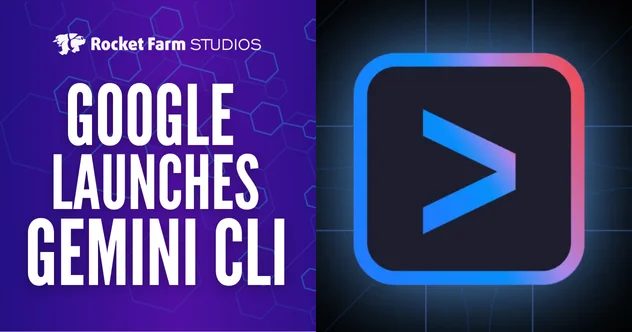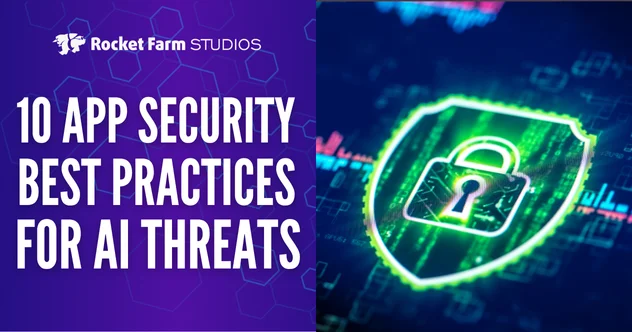Download our E-BOOK
Using gamification to find your app’s superpower!
November 11, 2022
by Dan Katcher
The gamification market is huge and growing rapidly!
According to GlobenewsWire the global gamification market size is expected to reach $58.8 billion by 2028, rising at a market growth of 26.8% CAGR during the forecast period.
Sure – not every app is a game, but even utility apps can learn a ton from gamification.
In fact two of the world’s biggest and most successful utility apps – Noom (weight loss) and Duolingo (learning languages)- both rely heavily on gamification to keep their users active and entranced.
If you are looking to bring deeper meaning to your users and increase user engagement follow this framework to learn exactly how to incorporate gamification within your app. You will also learn how to engage and appeal to your target users in even greater and more impactful ways.
You also might discover a more meaningful and deeper purpose for your app’s superpower!
What is gamification?
Gamification is designing a game system for your app. It essentially utilizes the tools of game design to create environments and experiences that people want to engage with. Gamification encourages users to use the app on a daily basis which helps to increase the amount of daily active users.
Successful game apps have very well designed game systems – the rewards you earn or sometimes purchase, the things you can do with your rewards, the journey through the game, the levels, the badges, etc. Even the subtle UI flourishes (animations, sounds, feedback) on completing a task ties in really well with the overall game system when done correctly. By rewarding users so they keep coming back it helps the app to become “sticky.” The higher user engagement is, the stickier the app is.
However, non-game environments can benefit just as much from having a well designed game system at its core. Domino’s Pizza for example increased their sales revenue by 30% by incorporating game mechanics into their app.
We can also take a look at Noom, a widely successful weight loss app.
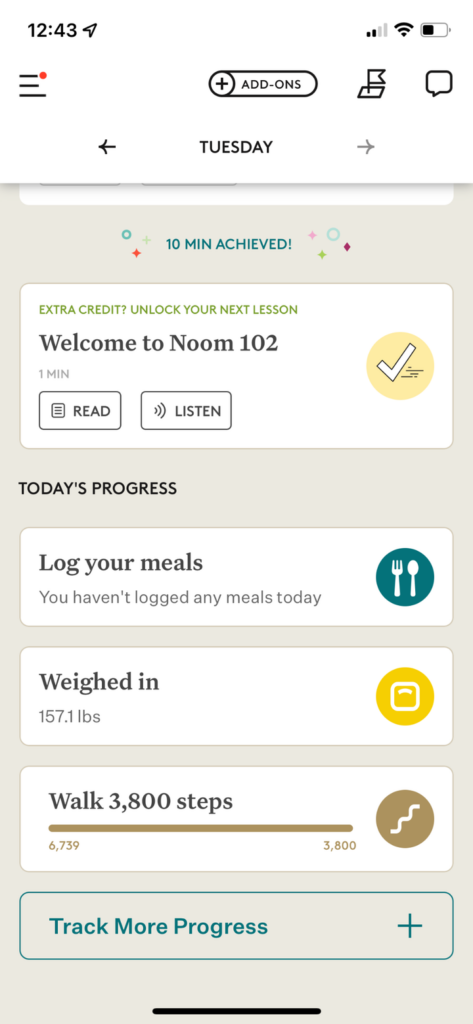
Noom makes the promise to its users that they will never again need another dieting app. It aims to help its users make a long-term lifestyle change by focusing on the psychology of weight loss.
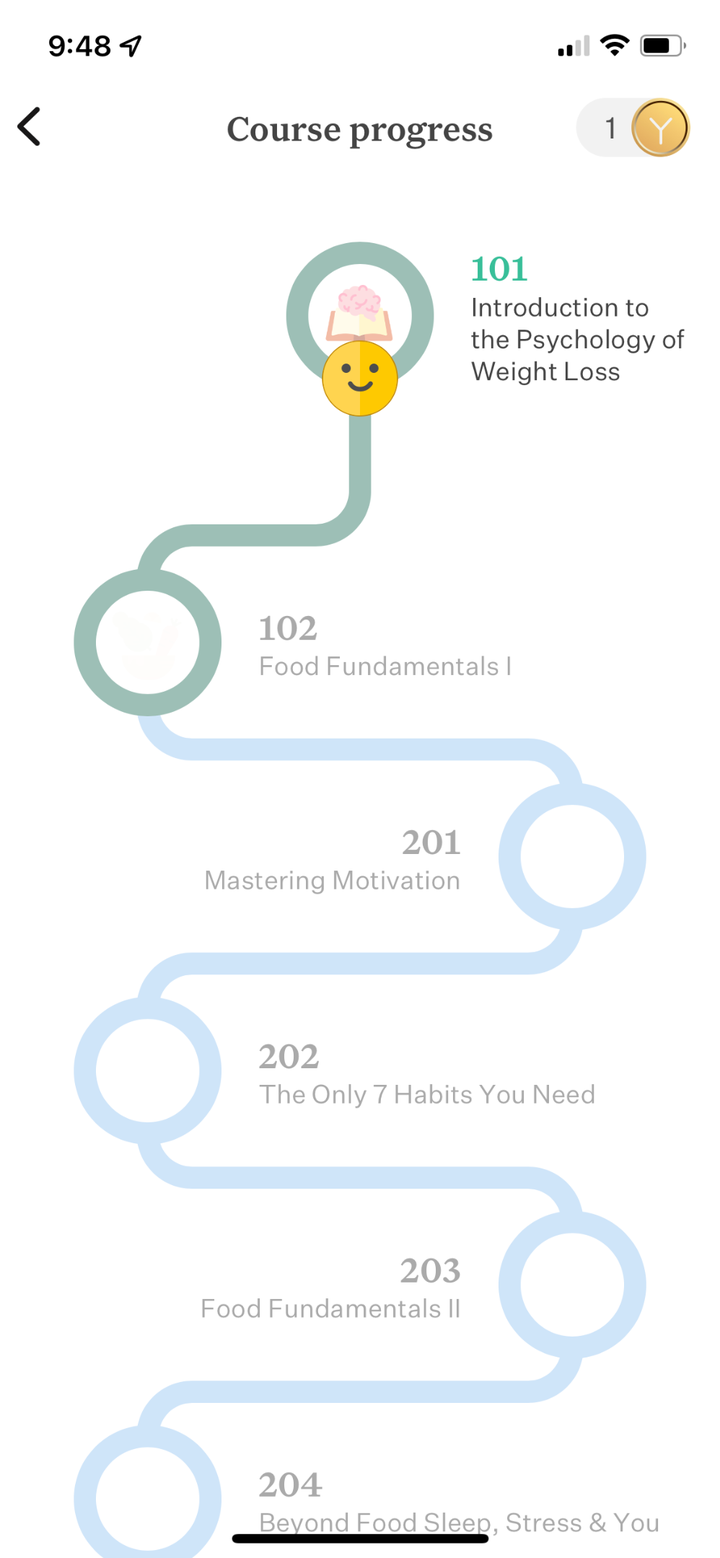
Noom uses a combination of gamification, intuitive nudges and effective data visualization to create an enjoyable experience for the user. They essentially make weight loss a positive experience instead of one a user might be dreading.
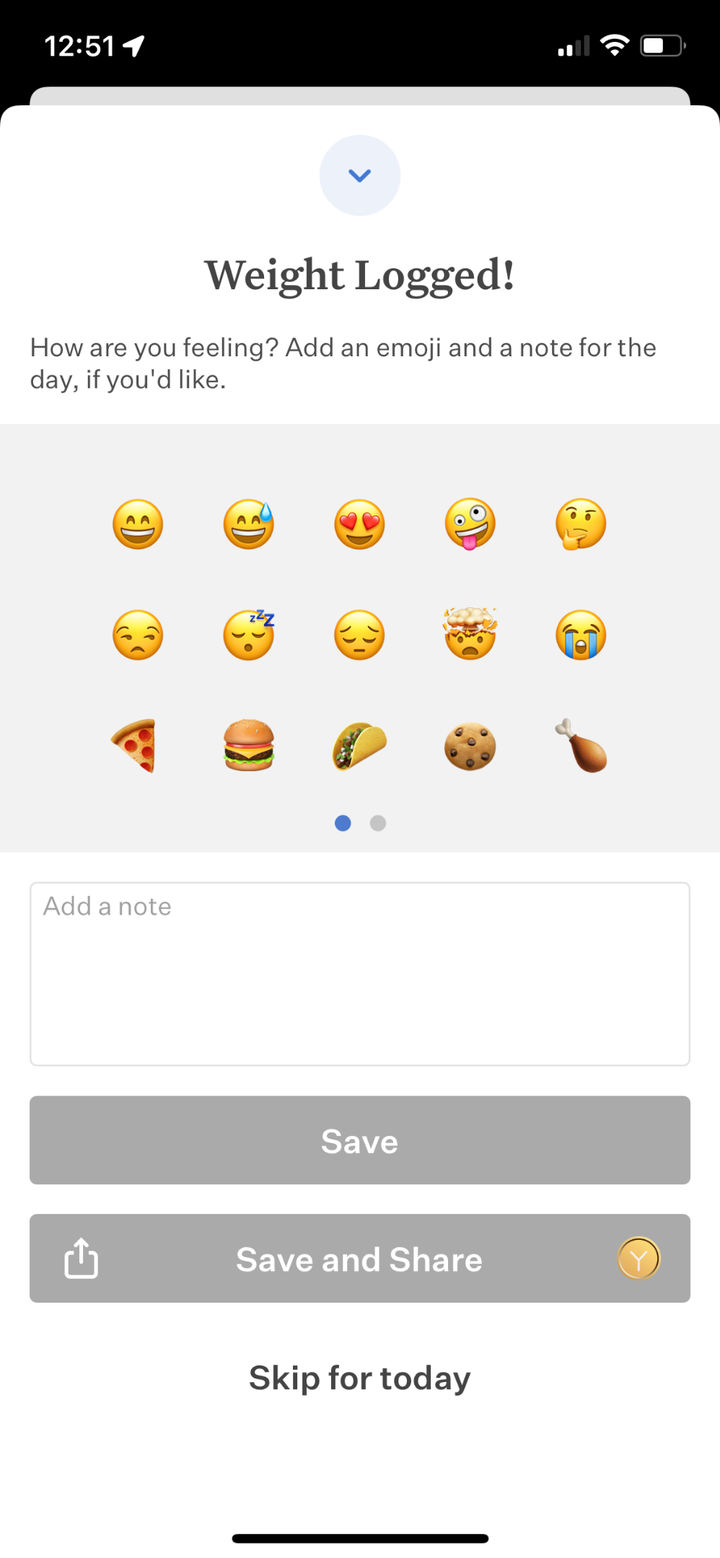
This app’s superpower is its mission and purpose. Noom specifically asks users to sign up for a healthier lifestyle and those users who succeed with Noom do that by developing healthy habits by doing the following:
- a) weighing themselves
- b) logging meals
- c) educate themselves by reading Noom’s content on healthy living
Noom pulls it altogether by purpose: live a healthier lifestyle. It keeps its users motivated through the tough times by setting up small rewards and quizzes/check points for their efforts to keep users headed in the right direction.
Noom took their time analyzing the app’s purpose and thinking about habits, and then translated those things into a game system (xp, levels, rewards, progress bars, tone, messaging). Gamification within Noom increases motivation and keeps users hooked into the product longer.
Simple, short quizzes are another gamification element that Noom deploys within the app to help its users stay motivated and focused on the application.
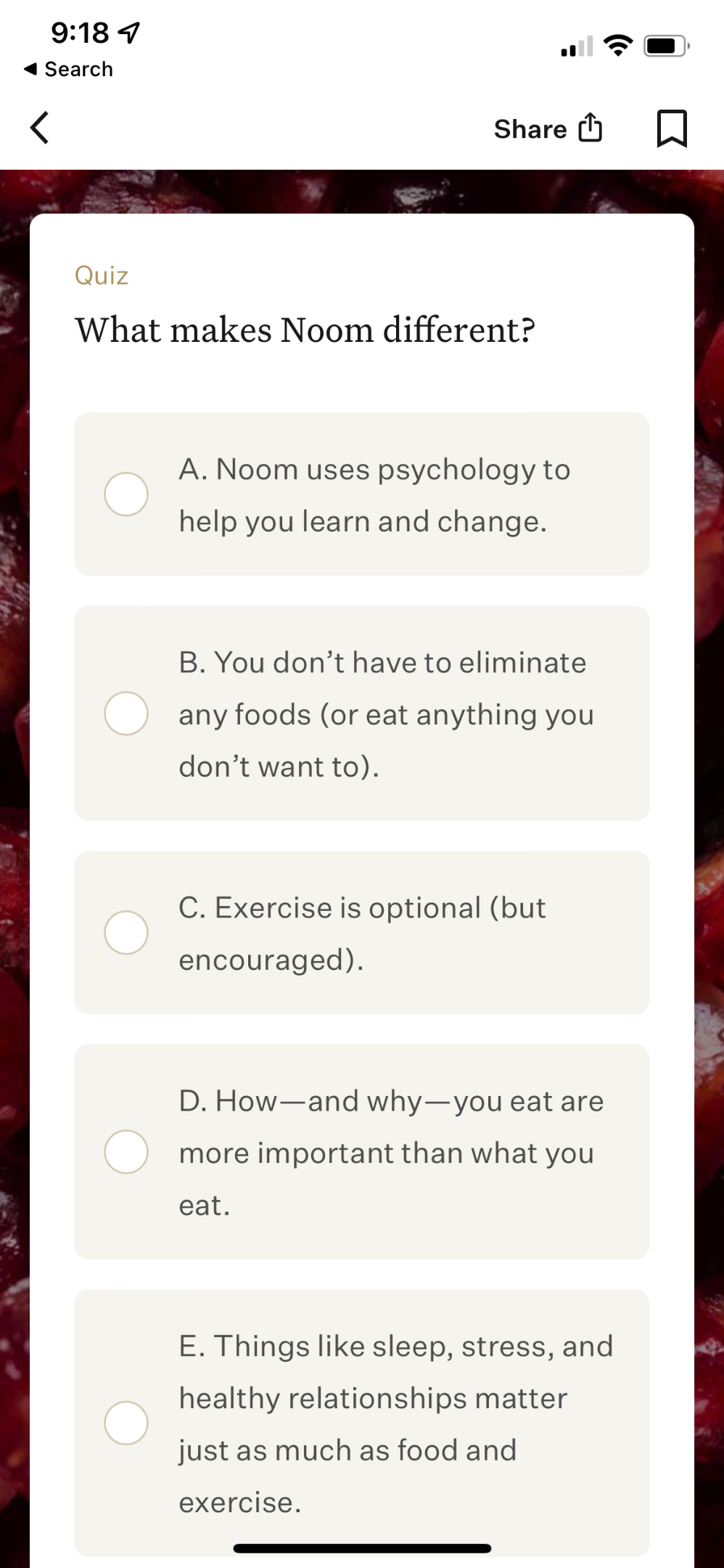
If you apply gamification thinking to your applicationyou create a better design and a game system that truly comes together and reinforces the habits and engagement you’re trying to build. And by doing that you will discover your app’s superpower.
How can apps be viewed as “fun” and engaging when they aren’t a game?
While every mobile application out there in the world is not a game, a properly designed game system is still a critical element for you to retain users. Did you ever want to learn another language but the thought of such a task seemed overwhelming and quite frankly boring?
Duolingo did too and they have taken language learning from difficult to engaging and exciting through gamification. By presenting motivation through the form of badges and celebrating every small (and big) win along the way they captivate their users. Their superpower is that they create the sense that learning a new language is effortless and fun. Their purpose behind their app is to empower users to learn.
By rewarding users with badges along their learning journey it creates a flow of positive reinforcement that leads the user to feel they’re constantly achieving. This in turn encourages the user to continue to use the platform.
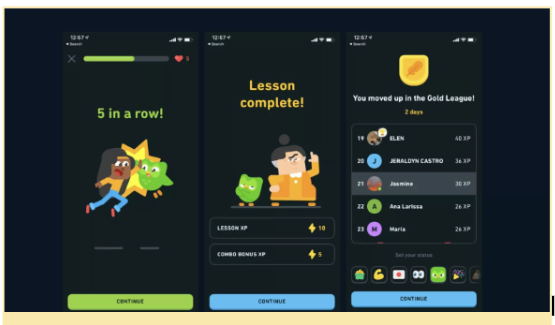
Taking inspiration from mobile games to improve your app helps provide users with more reasons to return to your app and present opportunities for them to share your mobile app with their network.
Let’s take a look at our framework for incorporating gamification into your app!
The following critical elements can be used to increase retention and create a fun and rewarding user experience through gamifying your mobile application. It all starts with thinking about your app’s purpose, from your user’s point of view.
The benefits behind gamification.
In addition to longer in-app usage you can also expect these two key benefits:
1- A higher number of users
Unlocking achievements and earning rewards is amazing, but some users are looking for more than recognition, they want to become the best! We touched on this earlier, but think of your old days playing pinball as a kid or any video game at an arcade when you tried SO hard to beat that high score. You didn’t win anything tangible, but you did earn something more valuable, bragging rights! If your users land at the top of the leaderboard and they share their achievements on social networks, your mobile app will easily attract new users.
2- Increased user engagement and an extra source of revenue.
An opportunity for users to earn rewards while using an app can increase user engagement and also allow you to monetize your app. As humans we tend to be competitive by nature. We want to push ourselves to be better and to get to that next challenge.
Games can be extremely captivating, especially when players level up every time they complete a challenge. After your user has leveled up you can reward them with access to new things.
When users know that they can get something for using your app, they will spend more time in it. Rewards can be given for completion of certain challenges, making in-app purchases or spending time in the app.
When you want to discover your app’s super powers, consider its overall purpose
Then think about the 3 habits you want the user to develop. Once you do this everything else should follow and be supported by the game system.
Consider answering the following questions to guide you in discovering your app’s purpose:
- What can your app do that no other app can?
- What are 3 things you want your user to achieve?
- What value will your app provide to your user?
- How will you make what your app provides fun and impactful?
- What are the actions that you will tie into the user’s experience?
1.Experience points (XP)
In most games, experience points (or XP) act as a measure of how well the player has mastered the virtual environment. More points means more mastery and mastering things leave users feeling good! XP are a great way to give the users coins, tokens, etc. for doing things that you want your user to do (e.g., entering your weight daily). They are called XP because it’s an abstract concept. It’s up to each app to determine what XP are going to be called and what they are going to be used for.
For example Noom created NoomCoins and Duolingo titled them Casual, Regular, Serious or Intense XP. By incorporating XP it forces you to think about the actions and behaviors you want users to take and the rewards you will provide them. If we think about your app’s purpose the XP is what gives it meaning.
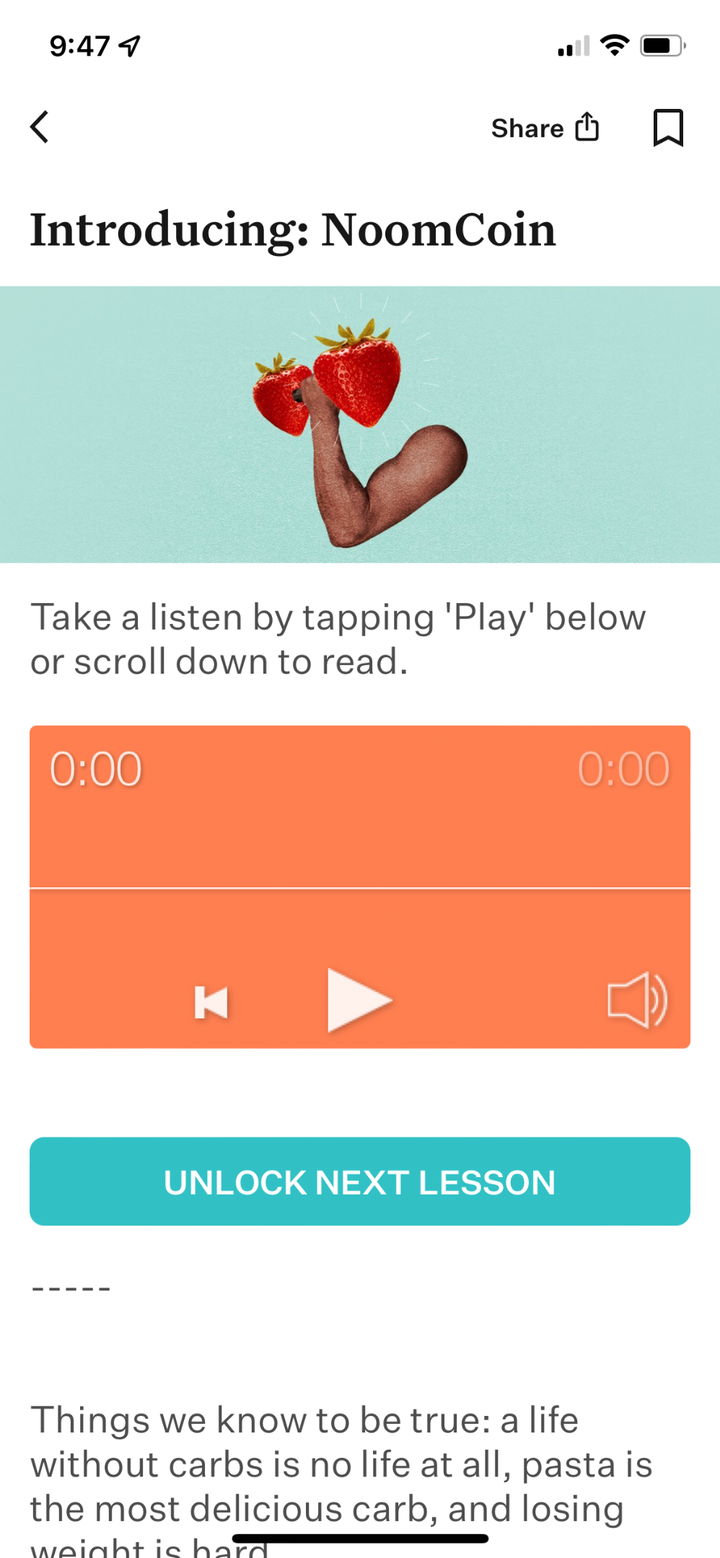
2.Levels
This is an important concept in game design! Experience points and levels have a direct relationship. Typically, each level will have an associated XP target. Once the user hits this target, they’ll level up. They’ll then be set a new target. This is a great way to mark your progress. A user can level up as they master a specific skill that you want them to work toward. For Noom – you advance levels as you master their courses. It’s another way to keep users motivated.
Levels provide another way to structure how your users can progress through their journey in your app. It provides your user with a sense of where they are heading. Think back to the days when you played Super Mario World and the map the game displayed as you progressed. It showed you where you were headed, where you had been, and how you arrived there (you leveled up)! When you move up a level you are telling the user they have moved up a step in their journey towards mastery.
3. Progress displays
Whether you implement a points system or reward users with in-app badges, including a progress display is a smart way to keep users engaged and motivated. They will check in and know exactly where they stand. Progress displays no matter how you present them should always be attached to every task in an app. This ensures your users are always aware of where they are in any workflow!
4. Badges
As mentioned earlier Duolingo is the king of badges. You can reward users with in-app badges that are visible on their profile after accomplishing certain tasks and milestones. This is a smart way to recognize a user’s achievements and give them exclusive rewards for their activity. Badges can also motivate users to push towards more ambitious goals. Experience points chart the journey but badges provide a reward for achieving specific goals (such as logging your eating plan on Noom). If there is something very specific that you want your users to accomplish the BEST time to reward them when they complete that task or action is with a badge.
5.Tangible and Intangible rewards
You can also retain users by rewarding them for their in-app activity. By doing so you will increase session length and retention.
Beyond badges there may be a tangible reward such as a “free month subscription” and things outside of the app as well. An intangible reward may also be used which is when you recognize your user without providing anything more. Think of intangible rewards as a kudos, encouragement, reinforcement of purpose/belief. You essentially are providing the user with your support.
Regardless if you choose a tangible or intangible reward it’s important to make the rewards that users can earn exciting and relatable! The type of rewards you provide your users will depend on the nature of your app.
6.Quizzes
You can implement quizzes into your mobile app to give users an opportunity to revisit or share their knowledge. An advantage of including quizzes in your mobile app is that they are highly shareable. Users may want to share their results on social media and encourage others to install your app and try it for themselves. It also becomes a great way to test your users. Not every app needs a quiz but it is something to think about.
7.Leaderboards
Do you want to build a sense of community? Leaderboards can help ramp up that competitive side your users have and promote a sense of community. Depending on the nature of your product, this can be customer-wide leaderboards or leaderboards that exclusively show a user’s friends and family’s achievements. This creates an opportunity for users to climb a leaderboard while also providing a social element to your mobile app. If you’d like to see a great example of a leaderboard check out Hydrow!
Leadreboards force you to think about an aspect where users are aware of each other and what it means to be a “leader” within the social and community aspects of your app. Leaderboards will help to increase participation, motivate contributors with gamification, and enhance the community.
Why is gamification important to your mobile app?
Gamification within apps utilizes basic psychology to keep users engaged.
Gamified mobile apps ensure that the user is rewarded with a sense of achievement that motivates them to return to the app and enjoy using it for longer periods of time. A properly gamified app can be much more engaging than those without. This is especially true for education, fitness, and other apps for life improvement.
Gamification can also be utilized to get users engaged and focused on their goals, while optimizing for critical KPIs such as retention rate, sessions, churn, return on ad spend (ROAS) and improving the overall user experience
Today Duolingo and Noom collectively have over 94 million users!
They utilized gamification in their mobile applications and if you follow our framework and think about your app’s overall purpose you can do it too!
Let our mobile app development company incorporate gamification into your next mobile app development project and help you discover your app’s superpower!
Related Blog & Posts

How to Increase conversion in 2025
With over 25 years in technology and product development, Dan leads Rocket Farm Studios with a commitment to innovation and growth.
Ready to turn your app idea into a market leader? Partner with Rocket Farm Studios and start your journey from MVP to lasting impact.”
Teams for App Development
We help companies build their
mobile app faster with go to market strategy
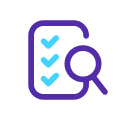
Technology and UX Audits

Early Design Sprints
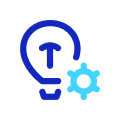
MVP Creation

App Store
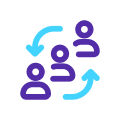
Growth Teams
Download Our Free E-Book
Whether you’re launching a new venture or scaling an established product, Rocket Farm Studios is here to turn your vision into reality. Let’s create something extraordinary together. Contact us to learn how we can help you achieve your goals.
